End Of Life Vehicle
What is an End-of-Life Vehicle (ELV)?
An ELV is basically any vehicle that has come to the end of its useful life. ELVs can be divided into two categories:
1. Natural ELVs:
This refers to a vehicle that has come to the end of its life due to natural wear and tear (usually vehicles over ten years old). This type of ELV will simply be de-polluted and then recycled for scrap metal.
2. Premature ELVs:
This type of ELV refers to those vehicles that have come to the end of their life for unnatural reasons such as accident, fire, flood or vandalism damage. However, rather than be scrapped, the insurance companies will categorise and approve for these vehicles to be sold complete as damaged-repairable salvage, or for parts dismantling only.
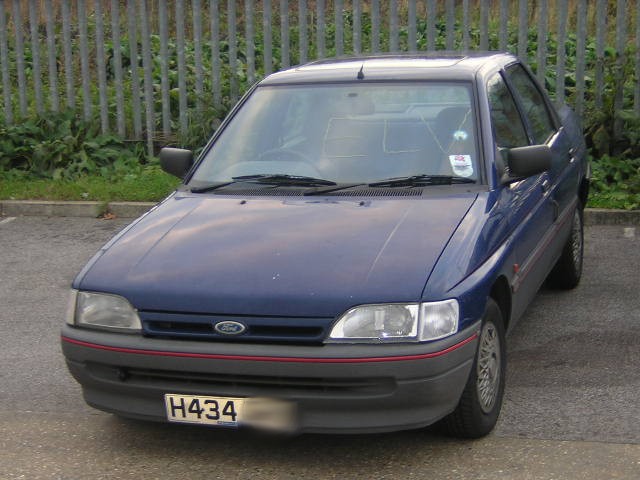
Natural ELV scrapped due to wear and tear
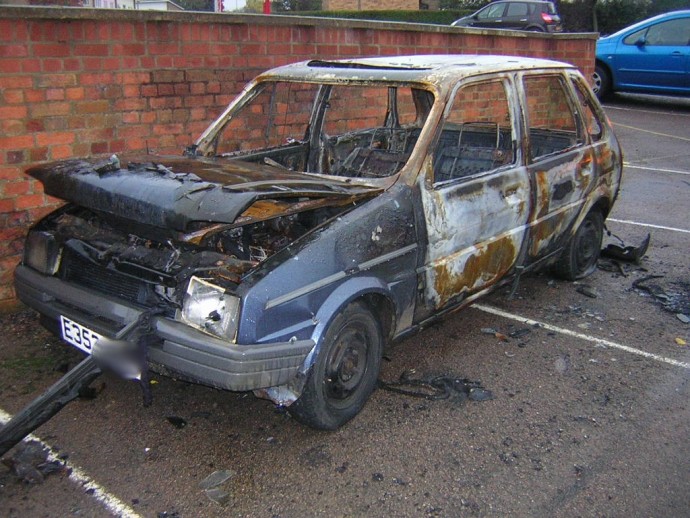
Abandoned end-of-life vehicle
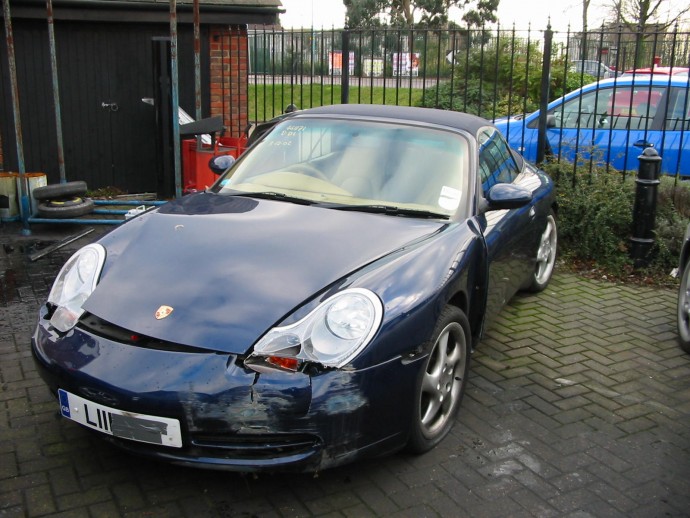
Premature ELV to be re-sold as repairable
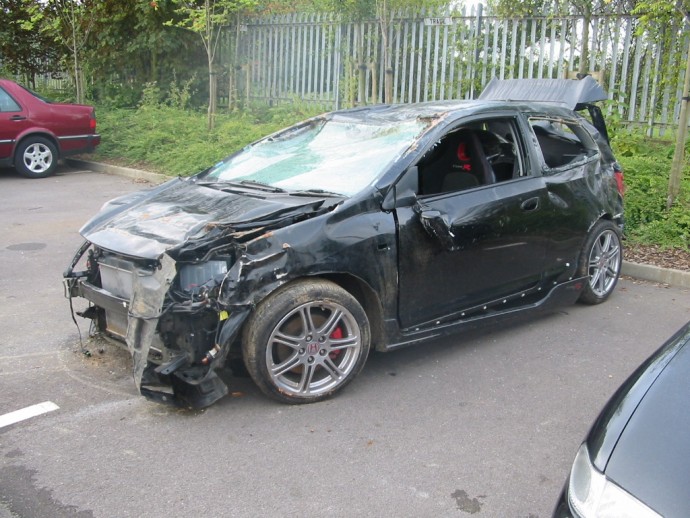
Premature ELV to be dismantled for spare parts
ScrapSellScrapSell Your CarVanCarVan
We buy any vehicle in any condition, with a price guarantee – we pay what we say!
What is the End-of-Life Vehicle Directive?
In the early 1990’s, the European Parliament specifically targeted end-of-life vehicles as a “…priority waste-stream” for two significant reasons:
- Because of concerns regarding the increasing amount of ‘waste’ produced during the disposal process of ELV’s, and
- The generally poor environmental practices of the traditional car breakers and scrap yards that were responsible for the disposal of the majority of all ELVs.
So to regulate this waste-stream, the first version of a law regarding ELV disposal emerged in 1997 and became a European Directive in October 2000. It was finally adopted as a UK law on the 21st April 2002.
What are the aims of the ELV Directive?
The main objectives of the Directive are to try and minimise the amount of waste generated from the ELV disposal process, whilst also reducing any adverse environmental impacts caused through current dismantling practices.
At present, approximately 75% of an end-of-life vehicle is recovered (by weight) via the conventional scrap metal recycling process. However, the recycling and recovery targets set by the ELV Directive are far more stringent, aiming for 85% by January 2006 and 95% by January 2015 – and these targets will only be achieved through the increased recycling, recovery and re-use of a vehicle’s components (in other words, by fully de-polluting each vehicle before scrapping it).
What is vehicle de-pollution?
Vehicle de-pollution is the newly developed treatment process that all end-of-life vehicles must undertake if they are to achieve the required levels of materials recycling and recovery stipulated by the ELV Directive.
The process basically involves two main functions:
- The recovery of all positive components and fluids that may be recycled and re-used (e.g. fuels, oils, coolants, ferrous and non-ferrous metal components, etc.), and also
- The removal of all those negative elements of a vehicle that are potentially harmful to the environment (e.g. tyres, mercury switches, airbags, etc).
Since 2002, ASM Auto Recycling has invested over £2,500,000 to ensure that its sites meet all the requirements of the End-of-Life Vehicle Directive. From completely concreting our sites and installing underground interceptors, to the installation of state-of-the-art workshops with specialist high-volume de-pollution rigs, we have undertaken every conceivable measure to ensure that our treatment facilities are as commercially efficient as possible, whilst at the same time minimising the risk of pollution to the environment.
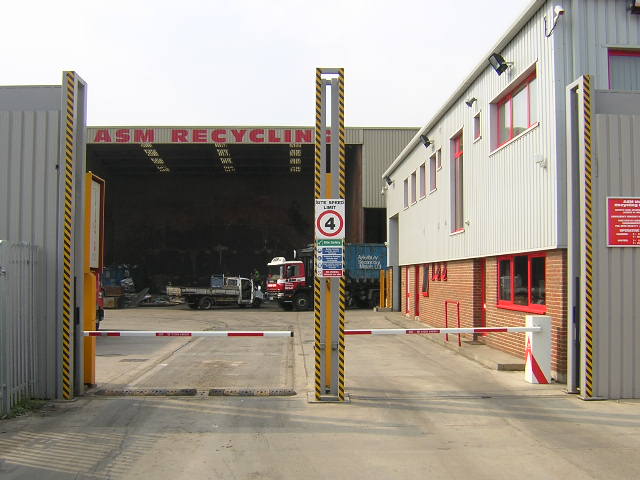
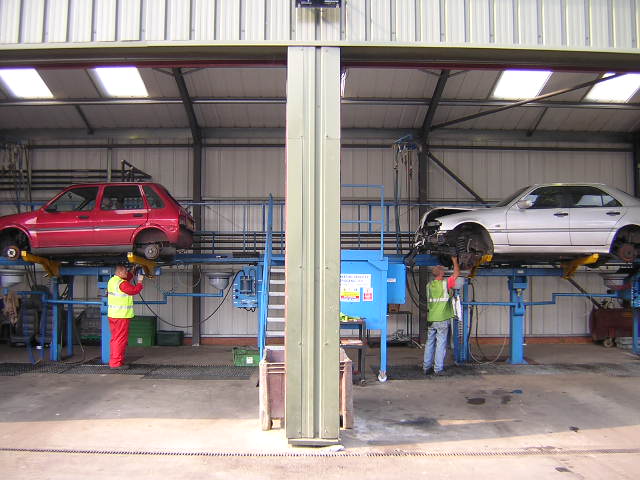
So, no matter whether vehicles arrive at our Authorised Treatment Facilities (ATF) via local authorities, insurance companies or the general public, you can rest assured that they will be treated with best practice and in accordance with UK legislation.